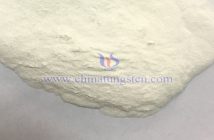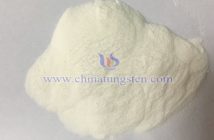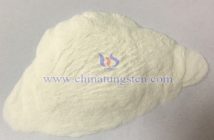Ammonium metatungstate (AMT) produced by CTIA GROUP LTD is a vital tungsten chemical with application advantages in fire-resistant fabrics, including high flame-retardant efficiency, long-lasting durability, and environmental friendliness. In practical production, AMT, as an effective flame retardant, is scientifically formulated into fabric finishing agents and precisely applied to the fabric surface and interior through processes such as padding or coating. These processes are not only straightforward but also ensure that the flame retardant fully exerts its effects, imparting durable fire-resistant properties to the fabric.
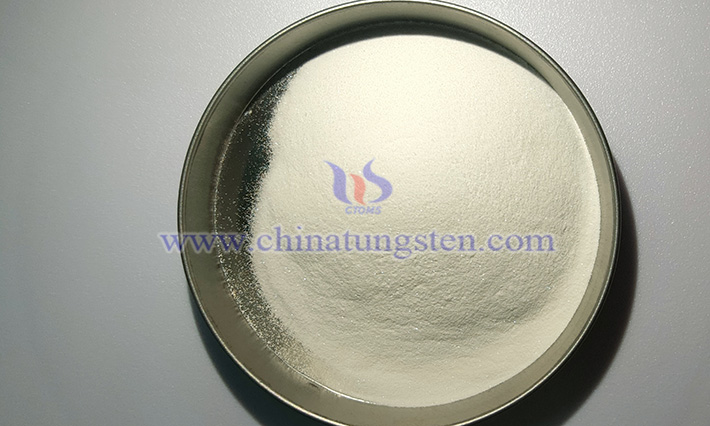
I. Padding Process
The padding process is one of the most commonly used methods for applying AMT in flame-retardant fabric treatments, involving several key steps to ensure uniformity and stability of the flame-retardant effect. Initially, production personnel dissolve AMT in water at a specific ratio based on the fabric’s material and flame-retardant requirements, preparing a finishing solution with an appropriate concentration. To enhance solubility and penetration, small amounts of auxiliaries (such as surfactants) may be added to improve the solution’s wetting properties. Once prepared, the fabric is slowly immersed in this finishing solution, with immersion time adjusted according to the fabric’s thickness and fiber type to ensure that the flame retardant fully penetrates both the interior and surface of the fibers for comprehensive coverage.
After immersion, the fabric is fed into a padding machine, where rollers apply appropriate pressure to squeeze out excess finishing solution. This step controls the liquid pickup rate (typically maintained at 60%-80%) and ensures even distribution of AMT across the fabric, preventing localized over- or under-concentration. Next, the fabric undergoes a drying stage, typically at 80-120°C, to remove moisture and allow the flame retardant to initially adhere to the fiber surface. Finally, a high-temperature baking step (generally at 150-180°C, depending on the fabric’s heat resistance) facilitates chemical or physical bonding between AMT and the fibers, forming a stable flame-retardant layer. This high-temperature treatment also promotes AMT curing, ensuring long-lasting protective effects on the fabric. The padding process is straightforward, easily automated, and highly suitable for large-scale industrial production, offering excellent compatibility with common fabrics such as cotton and polyester.
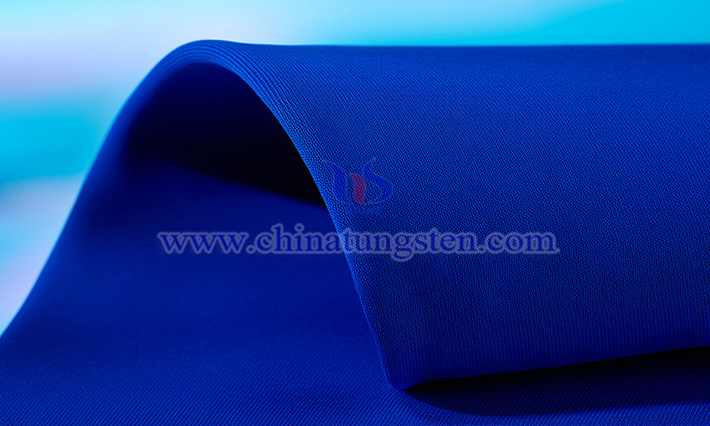
II. Coating Process
Unlike the padding process, the coating process focuses on forming an independent flame-retardant protective film on the fabric surface, making it ideal for scenarios requiring higher flame-retardant performance or additional protective functions. In this method, AMT is typically incorporated into a specific flame-retardant coating formulation, mixed with film-forming agents (such as polyurethane or acrylic resin), thickeners, and auxiliaries to create a viscous coating slurry. To ensure uniformity and adhesion of the coating, the formulation process requires precise control of component ratios and thorough mixing with equipment to prevent precipitation or stratification.
During application, specialized equipment such as a knife coater or roller coater is used to evenly apply the AMT-containing flame-retardant slurry onto the fabric surface. The coating thickness, adjustable based on specific needs, typically ranges from tens to hundreds of micrometers to balance flame-retardant performance with fabric flexibility. After coating, the fabric undergoes a drying step, usually at 100-130°C, to evaporate moisture and allow initial curing of the coating into a film. Subsequently, a higher-temperature baking process (approximately 140-160°C) further crosslinks and solidifies the AMT with other components in the coating, forming a dense and durable fire-resistant film. This film not only enhances the fabric’s flame-retardant properties but also improves wear resistance and water repellency to some extent, making it particularly suitable for specialized applications such as firefighting uniforms or industrial protective fabrics.
Comparison and Applicability
Both the padding and coating processes are effective methods for applying AMT in fire-resistant fabrics, each with distinct advantages suited to different production needs. The padding process, with its strong penetration, allows the flame retardant to permeate deep into the fibers, making it ideal for lightweight fabrics requiring overall flame retardancy, such as curtains or indoor decorative fabrics. In contrast, the coating process provides robust flame-retardant protection through a surface film, making it suitable for thicker or higher-functionality fabrics, such as outdoor tents or transportation interior materials.

